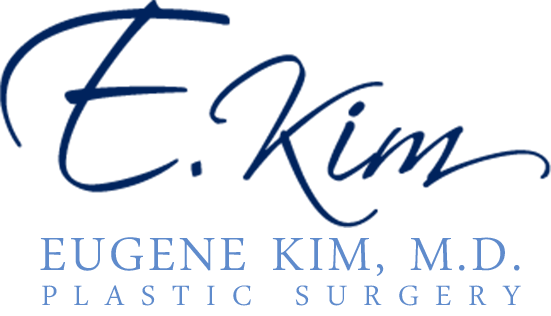 Breast augmentation remains one of the most popular cosmetic surgeries, offering many women enhanced confidence and satisfaction with their appearance. However, like any surgical procedure, it comes with potential complications—one of the most common being capsular contracture.
Breast augmentation remains one of the most popular cosmetic surgeries, offering many women enhanced confidence and satisfaction with their appearance. However, like any surgical procedure, it comes with potential complications—one of the most common being capsular contracture.
If you’re experiencing discomfort or changes in your breast implants, capsular contracture could be the cause. Understanding what it is, why it happens, and how it can be treated is the first step toward resolution and relief. Board certified plastic surgeon Dr. Eugene Kim provides breast revision to patients in Beverly Hills, Los Angeles, Santa Monica, West Hollywood, CA, and surrounding communities.
What Is Capsular Contracture?
After a breast implant is placed, the body naturally forms a capsule of scar tissue around it. This is a normal immune response designed to protect the body from foreign objects. In most cases, the capsule remains soft and unnoticeable.
Capsular contracture occurs when this scar tissue tightens or hardens around the implant, potentially distorting its shape and causing discomfort or pain. This can happen to one or both breasts and may develop soon after surgery or years later.
Common Symptoms of Capsular Contracture
Symptoms can range from mild to severe and typically progress over time. They may include:
- Breast firmness or hardness
- Pain or tightness in the breast
- Distortion or misshaping of the breast
- Implant appearing higher or unnaturally positioned
- Restricted movement of the breast
Capsular contracture is classified into four grades using the Baker Classification System, ranging from Grade I (normal) to Grade IV (severe and painful).
What Causes Capsular Contracture?
While the exact cause isn’t always clear, several factors may contribute to its development:
- Bacterial contamination or biofilm around the implant
- Hematoma or seroma (collection of blood or fluid around the implant)
- Smoking, which impairs healing
- Radiation therapy
- Implant rupture or leakage
- Implant placement above the muscle, which may carry a slightly higher risk in some cases
- Capsular contracture is not always preventable, but working with a skilled plastic surgeon and following post-operative care instructions can reduce your risk.
Solutions and Treatment Options
If you suspect capsular contracture, a consultation with a board-certified plastic surgeon is essential. Treatment depends on the severity of the condition and your desired outcome. Options include:
1. Non-Surgical Treatments (For Mild Cases)
Some early-stage contractures may respond to conservative management, including:
-
Massage techniques (only if recommended)
-
Ultrasound therapy
-
Medications such as leukotriene inhibitors
However, these methods are not always effective, especially in more advanced cases.
2. Surgical Revision
Surgery is often required to correct moderate to severe contracture:
-
Capsulectomy: Removal of the hardened capsule around the implant
-
Capsulotomy: Releasing or scoring the capsule to relieve tightness
-
Implant replacement or removal
-
Switching to a different implant type (e.g., from textured to smooth)
Some patients also opt to undergo a breast lift or fat transfer at the time of revision to enhance their final result.
Preventing Recurrence
To minimize the risk of capsular contracture returning:
-
Choose a qualified, experienced plastic surgeon
-
Discuss implant placement (under the muscle may reduce risk)
-
Consider using smooth, round implants
-
Follow all post-operative care instructions closely
-
Monitor implants over time with regular checkups or imaging if needed
In Summary
Capsular contracture can be frustrating, painful, and emotionally taxing—but it’s also treatable. If you’re noticing changes in how your breast implants look or feel, don’t ignore the signs. A skilled plastic surgeon can diagnose the issue and guide you through your options for correction and relief.
Whether you’re seeking to restore comfort, improve appearance, or simply feel like yourself again, compassionate, expert care can make all the difference.
Contact the Office of Beverly Hills Plastic Surgeon Dr. Eugene Kim
Click here see more plastic surgery procedures and treatments performed by Board Certified Plastic Surgeon, Dr. Eugene Kim on patients in Beverly Hills, Los Angeles, West Hollywood, Santa Monica, CA and surrounding areas or call 310-271-6996 to schedule a consultation.
